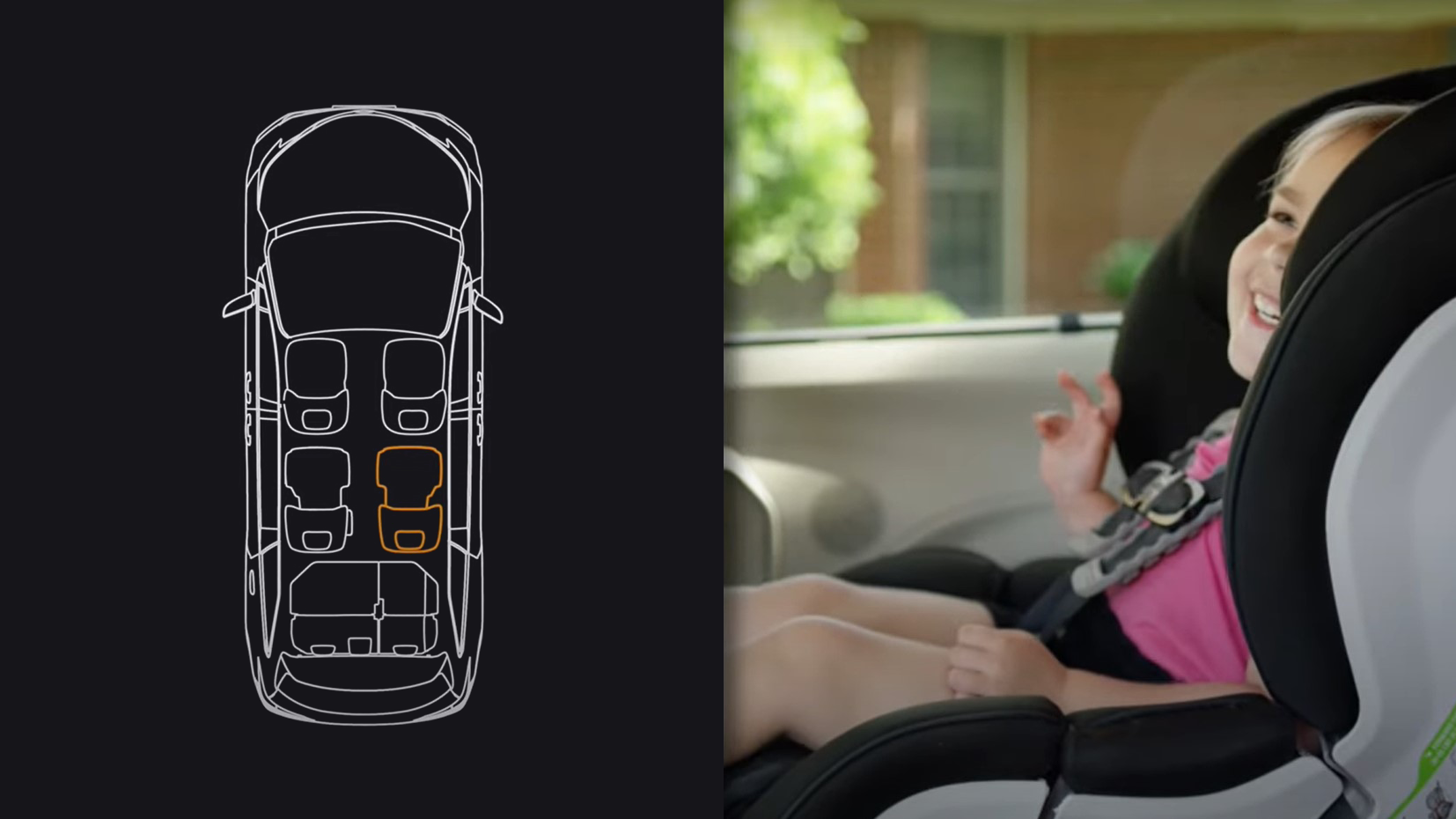Main Menu
Posted by Vayyar
June 21, 2021ADAS Sensors Reinvented with Low-cost XRR Chip
The XRR-Factor: Smoothing The Road From ADAS Sensors To Full Autonomy With A Single Multi-Range Chip
While the world eagerly awaits the arrival of self-driving cars, the reality is that the vast majority of vehicles with ADAS sensors today are only at autonomy level 2, partial automation, of the five levels defined by the Society of Automotive Engineers. Just a handful of high-end models currently provide level 3 functionality: conditional automation with the driver having to respond to a “request to intervene.”
Some experts point to a roadblock in autonomous vehicle (AV) development, partly due to challenges across the hardware, software, algorithm and data domains, but also to the “irony of automation.”
It’s a paradox that must be confronted: the fact that a semi-automated system requiring human supervision will naturally hold the attention of the driver, while a more autonomous system will ultimately result in them losing focus. In the event of a sudden emergency that requires human action, the driver may be unable to react in time and safely resolve the situation. Road safety can no longer rely on human supervision.
Both in the here and now and as ADAS morphs into full level 5 autonomy, sensor ecosystems need to be completely foolproof. That’s why the industry is focused on systems based on sensor fusion – multiple technologies that ensure failsafe functionality and the highest level of protection. Sensor fusion enables hardware and process redundancy, ensuring that technology will effectively be the line of defense.
Downsides of current automotive radar
The core challenge for the industry is striking the right balance between redundancy-driven reliability and cost-efficiency. To reach the goal of scalable, affordable and dependable level 5 autonomy under all roadway and environmental conditions, the industry is trending away from legacy solutions such as TOF radar. This type of radar provides suboptimal resolution that cannot support classification of multiple static and dynamic targets. It also lacks full range radar, with no upward or downward detection capabilities.
Instead, many automakers are considering systems based on imaging radar, LIDAR, or a combination of telescopic cameras and computer vision. These leading-edge technologies provide high-resolution real-time sensing of the on-road environment, even at high speeds, but not in all challenging scenarios.
Cameras can deliver impressive resolution but lack depth of field, and inevitably struggle to perform in direct sunlight, darkness, and adverse weather conditions. They are also prohibitively expensive, putting them out of reach of mid-market and budget models. LIDAR performs well in darkness and offers depth but struggles in severe weather and is ultra-expensive.
A need for affordable imaging radar
Imaging radar, on the other hand, provides 4D imaging with high-resolution point cloud data in all conditions. It is unaffected by glare, darkness, and the worst weather, and provides full depth perception. However, single-chip imaging radar solutions are hampered by poor performance due to their low antenna count.
Higher resolution imaging radar solutions are built around multiple concatenated automotive radar chips combined with an expensive FPGA, all contributing to large, unwieldy form factors and a steep price tag. Affordability is crucial to the purpose of ADAS sensors – protecting every life on the road. If effective driver assistance is seen only as a luxury, it defeats the object.
XRR chip for ADAS sensors
What automakers need is the ideal best price-performance balance. With the launch of Vayyar’s multi-range “XRR” RFIC, cost-efficient and high-performance 4D imaging radar is now available on a single chip. The XRR chip covers a range from 0-300m, with all required processing power embedded on the RFIC. While alternative solutions require multiple sensors to cover various ranges, the multi-range chip simultaneously supports accurate detection and tracking over Short Range Radar (SRR) Mid Range Radar (MRR) as well as Long Range Radar (LRR).
It’s the most comprehensive, cost-effective ADAS solution on the market, designed for passenger-vehicle ADAS, motorcycle-mounted ARAS and autonomous vehicles. The ASIL-B compliant XRR chip supports dozens of Euro NCAP-mandated safety features for ADAS and autonomy, ensuring robust performance in all conditions – even in heavy traffic, glare, darkness, or fog.
XRR chip caters to all road conditions
In low-speed environments such as parking lots, the chip’s SRR sensing supports advanced parking assistance, scanning the vehicle’s surroundings for pedestrians and hazards. On the open road, MRR and LRR capabilities facilitate a variety of ADAS and autonomy applications such as Lane Change Assist (LCA), Adaptive Cruise Control (ACC), Blind Spot Detection (BSD), Collision Warnings (fCW/rCW), Cross Traffic Alerting (CTA) and Autonomous Emergency Braking (AEB).
The XRR chip features full range radar including elevation at shorter ranges and unrivaled breadth at longer ranges. Just two single-chip based systems provide vehicles 360-degree coverage, identifying and tracking multiple targets in real time, anywhere around the vehicle. With panoramic perception of the entire arena, the chip can differentiate between static obstacles such as dividers, curbs, and parked vehicles, and between different types of VRUs, moving vehicles and other hazards.
Low-cost single-chip solution
Providing data output in the form of a high-resolution point cloud, the highly integrated XRR chip ensures pinpoint precision without the need to deal with low-level radar algorithms, allowing Vayyar’s partners to easily develop solutions over point cloud. Supported by a 48-antenna MIMO array, the single-chip solution achieves granularity that alternatives require numerous chips to achieve. With the global semiconductor shortage now expected to extend into 2023 and beyond, saving on silicon is a crucial aspect of automotive development.
With a unique multifunction radar system on a single-chip platform, just one XRR chip at the front of the vehicle and one in the back enable any vehicle to earn up to 33 Euro NCAP safety points at the lowest possible cost. The solution addresses nine requirements for 2023 onward, protecting drivers, passengers, pedestrians, cyclists, scooter users and motorcyclists. By replacing over ten traditional ADAS sensors, the XRR chip allows automakers to cut complexity, risk, and costs by significantly reducing hardware, software, power consumption, wiring and integration efforts.
XRR chip is the ideal choice
In addition to leading the in-cabin monitoring domain with its 60 GHz 4D imaging RFIC which provides CPD, SBR and a future-ready platform, Vayyar’s single-chip 4D imaging automotive radar now represents another breakthrough that’s finally enabling the industry to turn the corner on safety. As automakers intensify their efforts to protect both vehicle occupants and Vulnerable Road Users (VRUs), the multi-range XRR chip makes high-resolution, cost-effective 4D imaging radar available to all vehicles. That’s why it’s emerging as the failsafe technology of choice for the next generation of ADAS, ARAS and AV systems.
To learn more, download the handout.
The Post URL was successfully copied to your clipboard
Read more on #automotive

Putting a Stop to Frontover Deaths
Read more
Aisin and Vayyar Join Forces to Prevent Vehicular Heatstroke Tragedies in Japanese Kindergarten Buses
Read more
The New Occupant Protection Technology Making Vehicle Cabins Safer
Read more



